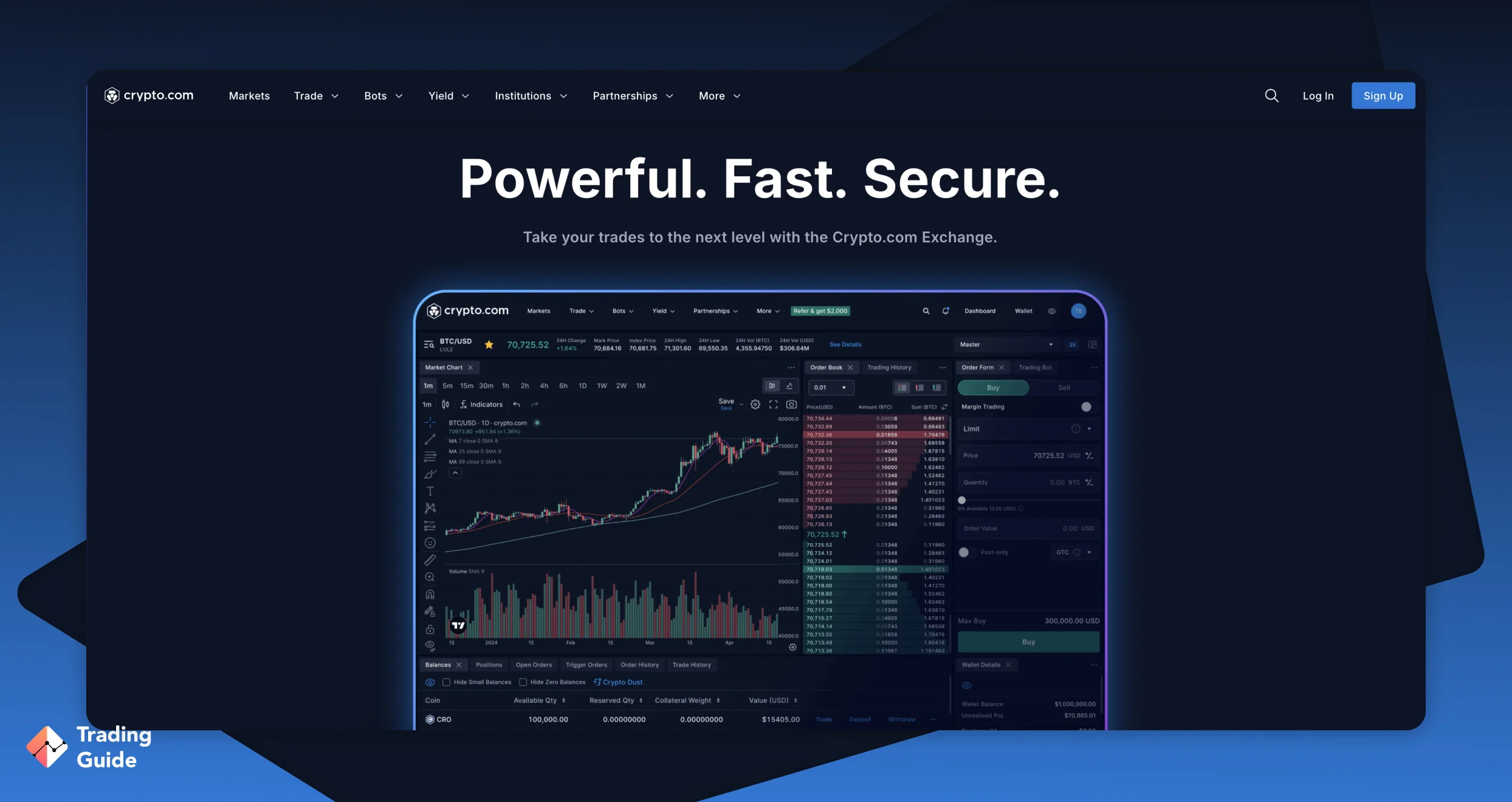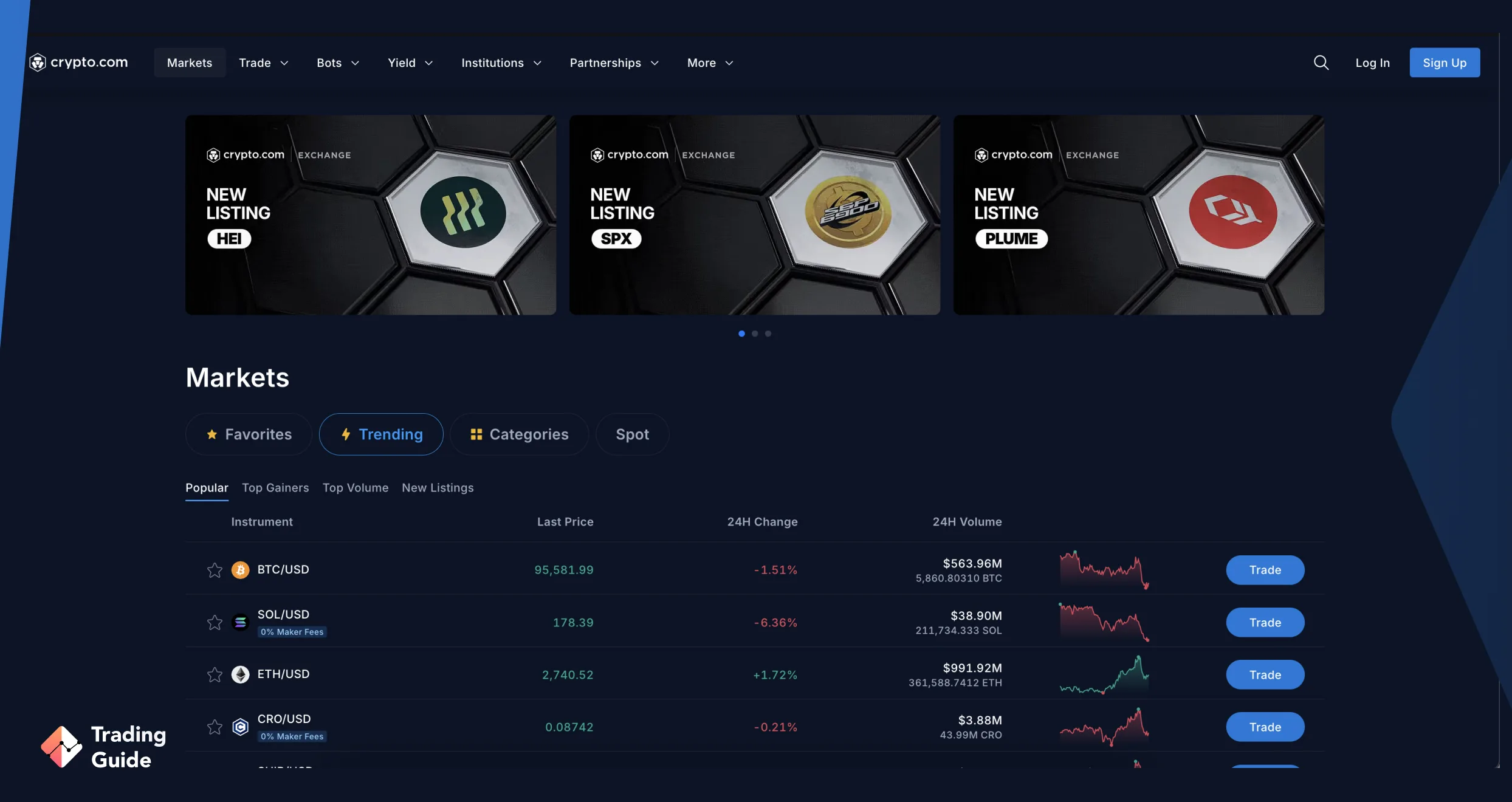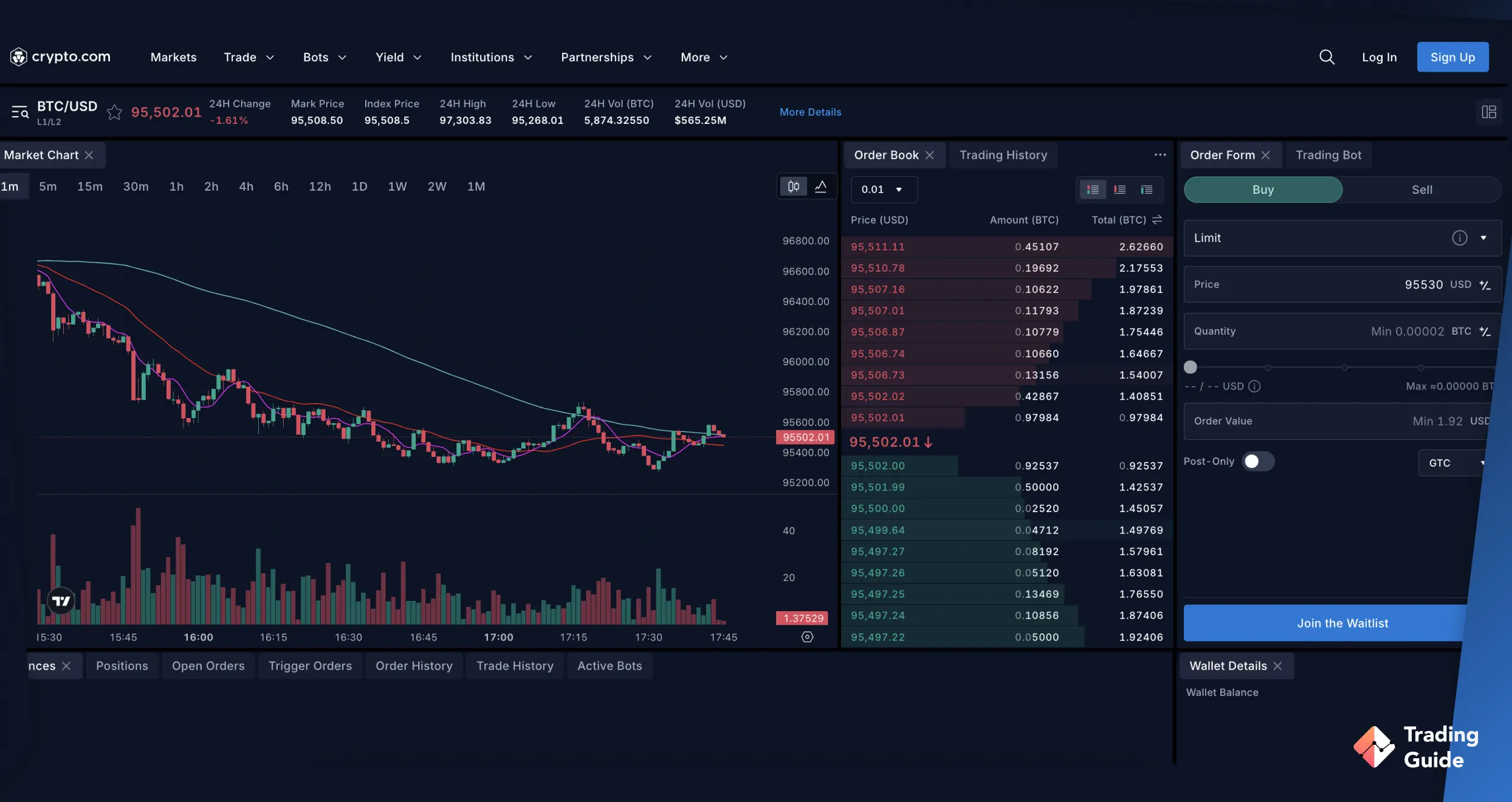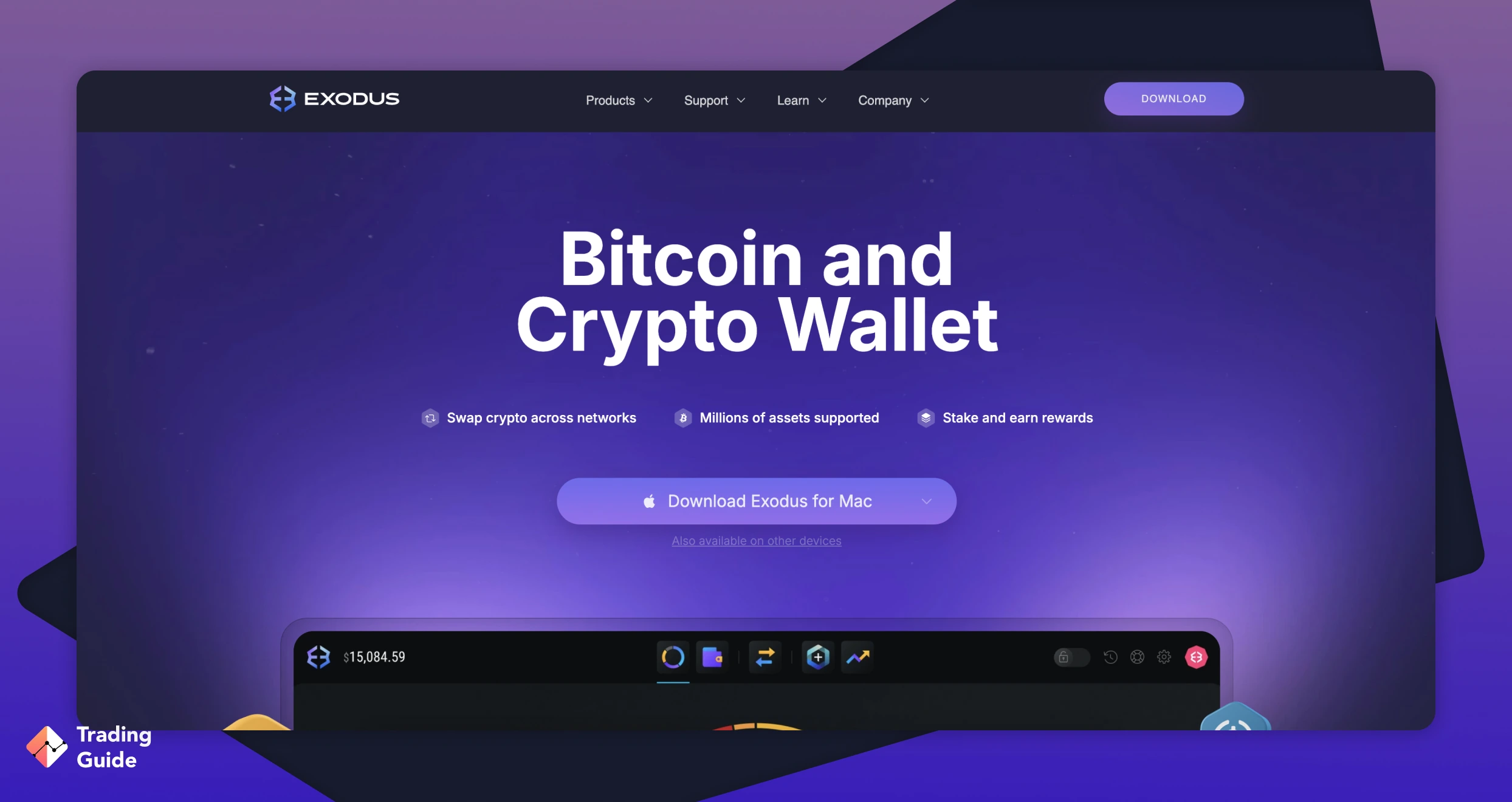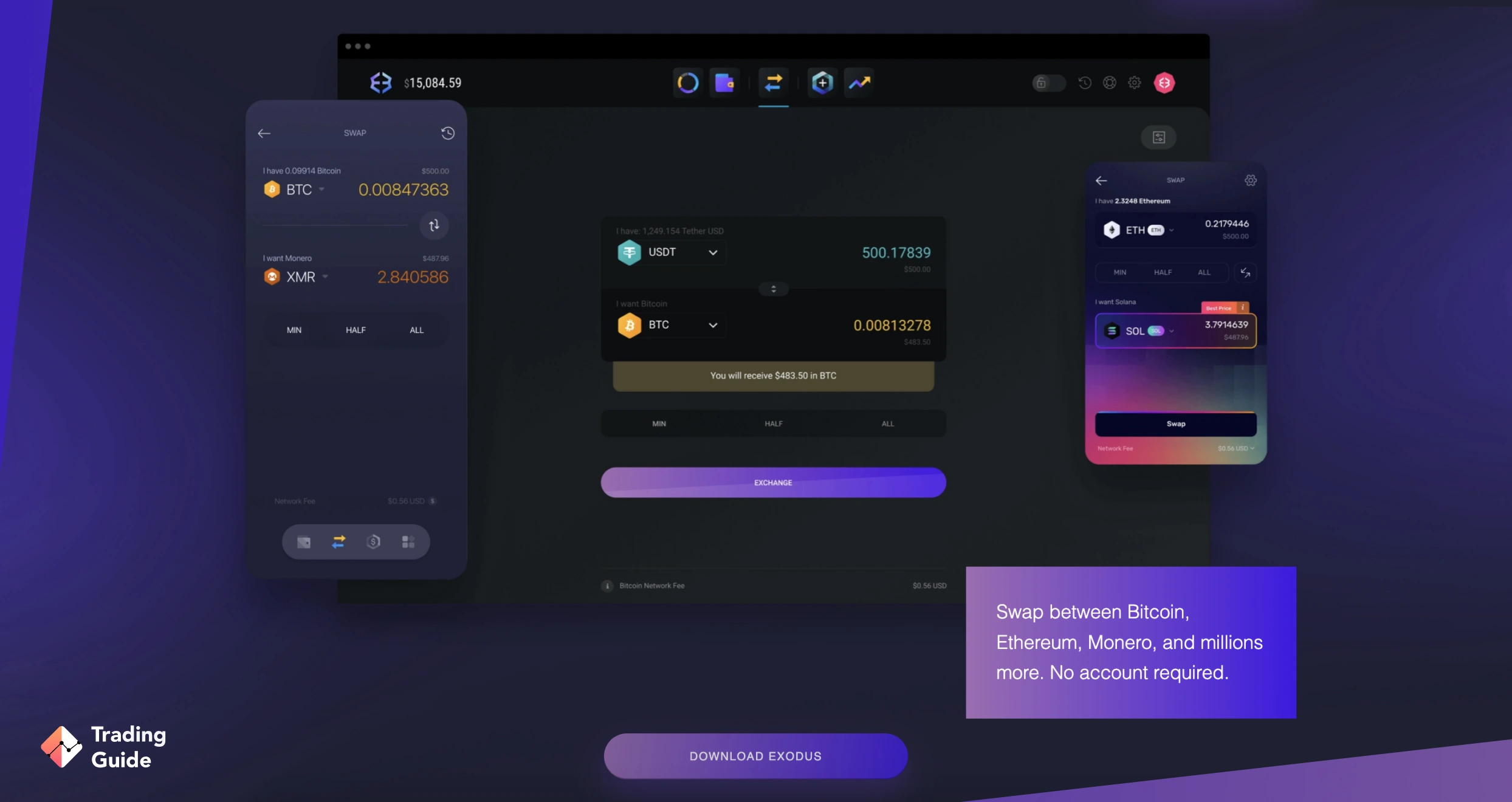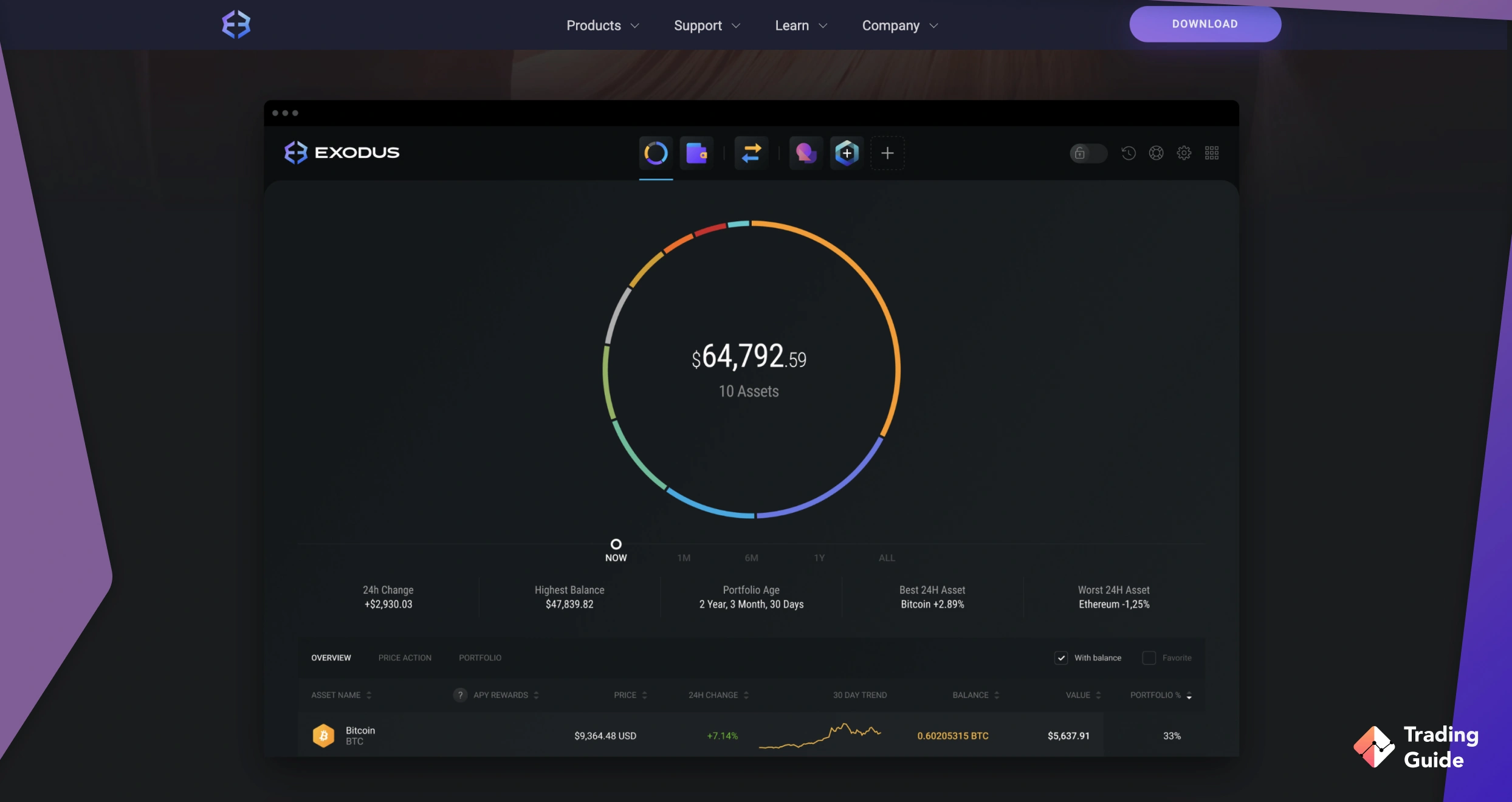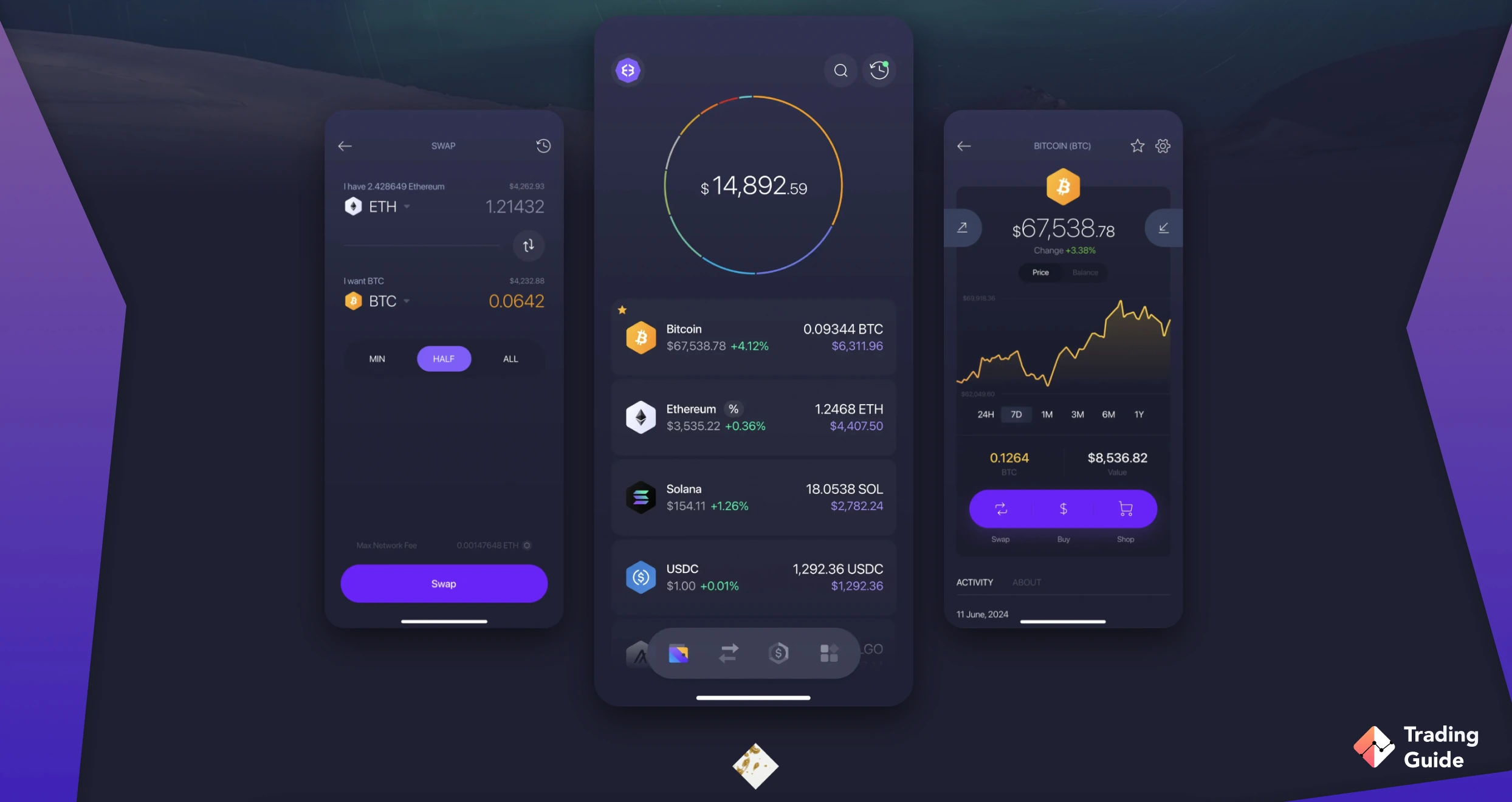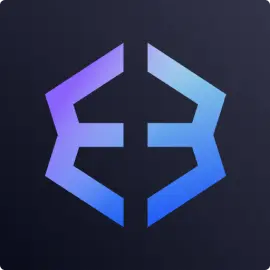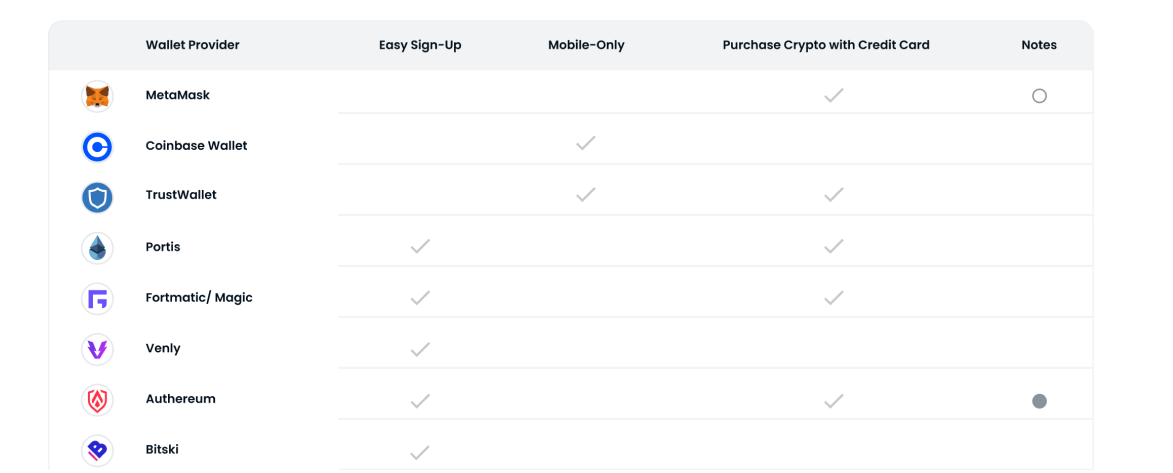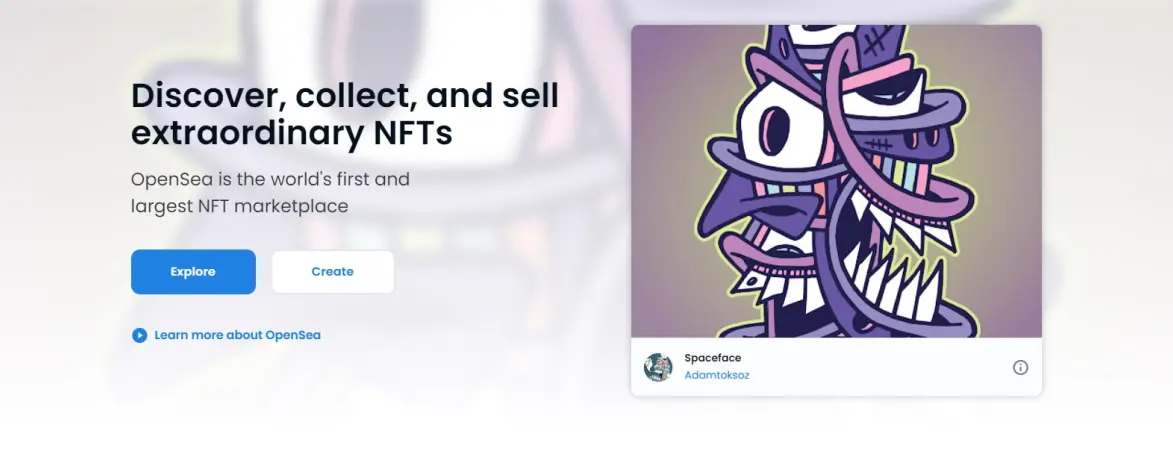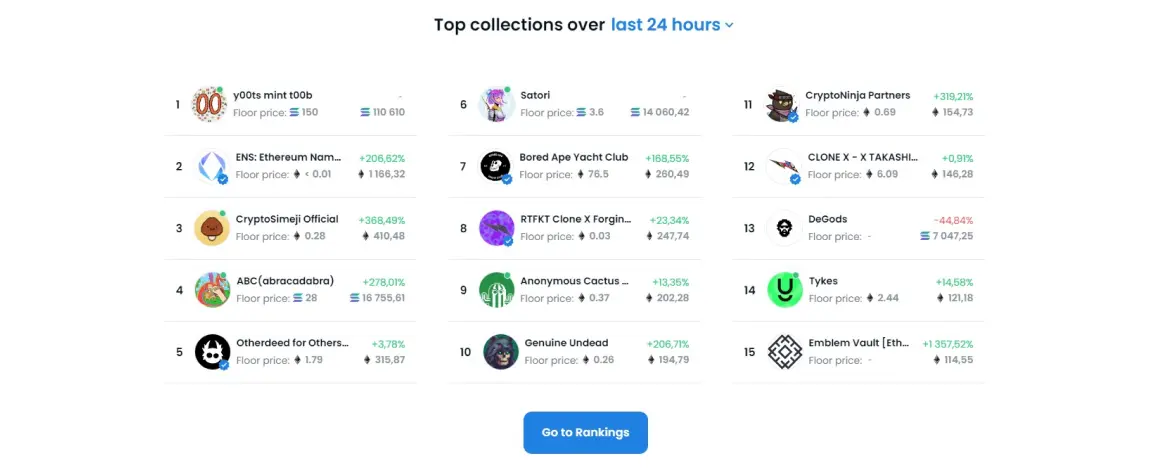NFTs have generated significant interest in the past few years, thanks to the success of a couple of projects. The most notable is the Merge NFT, which sold for a whopping 91.8 million USD on the Nifty Gateway marketplace. If you’d like to try your luck in the exciting world of NFTs, I’ll guide you on everything from how to create an NFT to the best marketplaces to mint and sell your assets. I’ve also covered a few risks you should be aware of in this guide.
How to Create an NFT
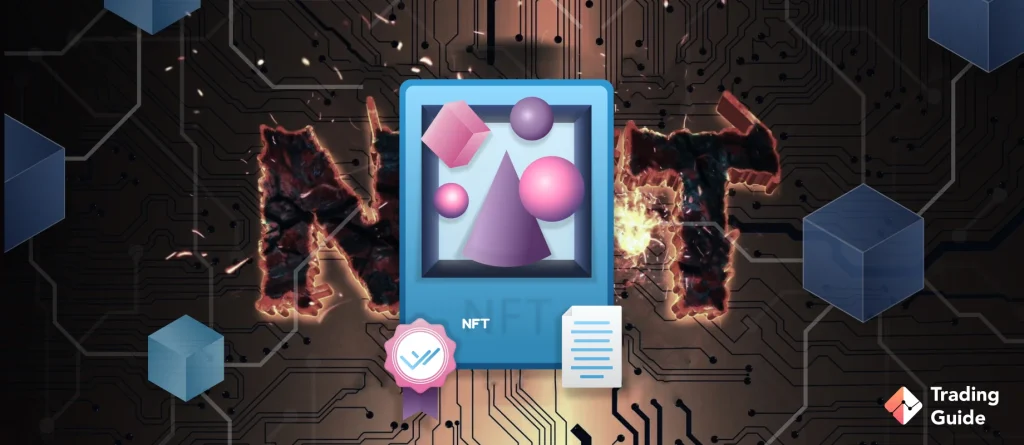
Creating NFTs might sound complicated, but it’s pretty easy. Anyone, from entrepreneurs to artists, authors, art advocates, social media personalities, videographers, corporations, and even average Joes, can create these digital assets. You don’t need to be a crypto guru or blockchain developer to do this, although expertise is an added advantage.
You can create an NFT today by following this guide:
First, decide what you want to turn into an NFT. You can turn a broad category of items into one of these digital assets, from digital art like generative art and music or audio recordings to virtual real estate, in-game items, and animated clips. Whatever you choose must be in a digital format or able to be converted into one. It should also be distinct and represent something limited or unique.
I also recommend choosing an item with emotional or cultural appeal. An NFT is more likely to attract collectors and buyers if it resonates with a particular audience and has perceived value. If you convert something you’re not interested in, the chances are no one else will pay attention to it.
An NFT cannot exist without a blockchain. After choosing an item you want to convert to an NFT, find the best blockchain for it. That is where it will be minted, stored, and tracked permanently. Several options are at your disposal at the moment, including Ethereum, Solana, Polygon (MATIC), and the BNB Chain.
My personal favourite is Ethereum, which boasts a vast NFT ecosystem and top-tier developer tools. But it doesn’t have to be your go-to. Pick the most fitting option based on factors like your minting needs, ease of use, and gas fees. If this is your first time creating NFTs, I recommend using Polygon for its beginner-friendliness and low costs.
You need a crypto wallet to mint, sell, and buy NFTs. You can either choose a custodial or non-custodial wallet. A custodial wallet is controlled by a third party, meaning you don’t need to manage your private keys or seed phrases. Conversely, a non-custodial wallet gives you full control over your assets and private keys.
You’ll also have to choose between hot and cold wallets. Hot wallets are extensions, software, or apps that need an internet connection to function. On the other hand, cold wallets store your assets and credentials offline. While choosing the best digital wallet for your NFTs, consider blockchain compatibility, security features, costs, and other crucial factors.
Having decided on the best digital NFT wallet to use, you must find a marketplace where your NFT will be minted, displayed, and sold. The best options I know of include OpenSea, Rarible, and Magic Eden. That is where all sorts of creators, traders, and collectors come together to buy and sell NFTs.
Please note that NFT marketplaces support specific blockchains. For instance, the one I use most of the time, OpenSea, is compatible with Ethereum but doesn’t support the BNB Smart Chain. Choose a marketplace that supports your preferred blockchain.
You can now mint your NFT, which is basically turning your selected digital file into a unique, traceable asset. Based on my experience, minting is a simple task that only requires you to upload your chosen item to the marketplace and hit the mint button. You’ll also have to add a few crucial details, including the name of your NFT and the story that inspired the entire process.
Double-check all crucial metadata before permanently minting your NFT. I also recommend promoting your asset on platforms like social media to build buzz and generate interest. Finally, don’t get too greedy; mint a few NFTs while focusing on quality. Otherwise, too many low-quality assets on your page will only undermine your reputation and profitability.
Best NFT Marketplaces in the UK
As a creator or collector of crypto NFTs, you have access to both good and lousy NFT marketplaces. Good marketplaces have positive attributes like strong security and an intuitive UI. On the other hand, their counterparts expose their users to many complications, such as poor security, missing royalties, and excessive fees.
To help you find a good marketplace for your NFTs and avoid shoddy options, I spent a couple of weeks testing the options available in the UK. I weeded out unreliable marketplaces based on crucial factors like reputation, charges, and user experience. Finally, I rated the most promising and picked the best-in-class. Here’s an overview of the best of the best:
1. Crypto.com
Crypto.com is an NFT platform that you can use to trade, invest, and create NFTs. It has an NFT marketplace where users can find numerous digital collectibles and art. The platform launched in 2021 and is one of the UK’s most popular NFT marketplaces. It allows you to explore many NFT categories, such as music, gaming, celebrities, sports, etc. Moreover, users get to enjoy free transactions and low commissions.
You can create, sell, and buy NFTs on the Crypto.com marketplace. But that’s just the tip of the iceberg. I also consider this service provider one of the best since its users also get access to 400+ crypto assets. While juggling NFTs, you can also buy, hold, and sell various cryptocurrencies on the exchange, from Bitcoin and Ethereum to OFFICIAL TRUMP, Ethena, and Arbitrum.
- Reasonable primary listing fee (1.99% charged after NFT sale)
- Compatible with mobile and desktop devices
- Users have access to 400+ cryptocurrencies
- You can buy, sell, and showcase a wide variety of NFTs
- Offers a VISA card with up to 8% cashback
- The NFT marketplace supports a limited number of blockchains
- Only approved creators can mint and sell NFTs on the platform
2. Exodus
Exodus has been one of my go-to crypto wallets for many years. I consider it a premier solution for a couple of reasons. First, it has a splendid reputation and is trusted by millions. It’s also available on mobile and desktop and integrates seamlessly with Trevor hardware wallets. Last but not least, Exodus has a built-in crypto exchange and NFT marketplace.
The Exodus marketplace feature, the NFT Gallery, allows users to send, receive, display, and store non-fungible tokens. You can also conveniently search for, purchase, and sell NFTs from this wallet. And while doing so, you can also buy, sell, swap, and stake different cryptocurrencies. Currently, over a million assets are supported on this wallet.
- Secure wallet with built-in NFT gallery and exchange
- Supports over a million digital assets
- Compatible with Ledger and Trezor hardware wallets
- Clean, user-friendly interface
- Non-custodial wallet
- Its Gallery is smaller than its peers’ marketplaces
- No advanced options like auctions
3. OpenSea
Launched in 2017, Open Sea is widely regarded as the most comprehensive and largest NFT marketplace in existence. The platform supports a wide variety of digital collectibles, from music to art, sports collectibles, and photography. It allows you to buy, sell, and even create your own NFTs. On top of that, it has a user-friendly platform, and it’s one of the easiest and cheapest marketplaces to make your own NFT collections.
While vetting different service providers, I realised that OpenSea has positioned itself as the first and biggest marketplace for NFTs. It is designed to help even newbies familiarise themselves with NFTs and buy or sell digital assets easily and effortlessly. I also recommend this platform, as it connects seamlessly with many wallets, including popular products like MetaMask, the Coinbase Wallet, and Phantom.
What are NFTs?
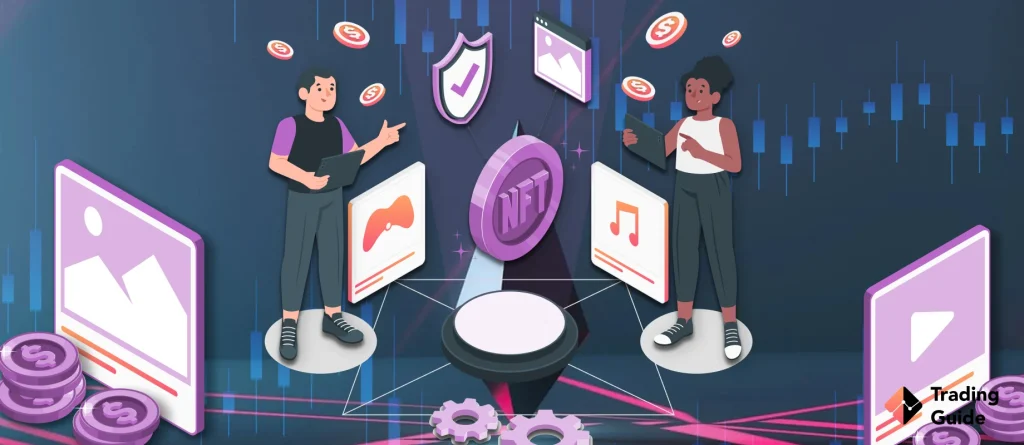
NFT is an acronym for non-fungible tokens, which are digital assets based on blockchain technology. Unlike cryptocurrencies, where each token can be exchanged for another identical token, NFTs are unique and cannot be replaced.
NFTs usually represent real-world objects like collectibles, virtual assets, in-game items, art, music, and videos. A good example of an NFT is a one-of-a-kind trading card, such as a digital artwork, that cannot be replaced with any other artwork. Although NFTs are similar to cryptocurrencies such as Bitcoin and Dogecoin, they are non-divisible and non-fungible.
Before You Buy: Risks Involved in NFT Trading
NFTs allow you to create authentic digital assets you can showcase, trade, or sell to NFT enthusiasts. That said, before you dive into the world of NFT trading, there are several risks you should be aware of, including:
- Lack of regulation: NFTs have yet to be fully regulated. That means they operate without oversight, and while trading them, you won’t be protected by authorities like the FCA.
- Price uncertainty: The value of NFTs is highly dependent on factors like rarity, perception, and above all, hype. A specific asset’s price can swing from £1,000 to less than £100 within a few days for no substantial reason.
- Scams and fraud: The NFT trading scene is flooded with bad actors trying to exploit everything from fake NFTs and rug pulls to pump-and-dump schemes and phishing links. Since these assets aren’t regulated, victims of scams and frauds have no legal recourse.
- Low liquidity: NFTs are often harder to sell at fair prices than traditional securities. You might get stuck with a particular item if no one is interested or willing to cover the asking price.
FAQs
There is no definitive answer to this question. The cost really depends on what you are looking for in an NFT, the platform you use, and how much you are willing to put into creating a token.
Yes. NFTs are unique items, and each token has its owner, making them valuable. To create your own free NFT, make sure you own intellectual property rights to the asset you want to use in creating an NFT. If you proceed to create an NFT without acquiring the intellectual property right, you might face legal trouble.
Yes. Any type of digital art can be converted to an NFT.
Yes, absolutely! As already mentioned, any type of digital art including photos can be converted to an NFT. Therefore, if you have a photo, you can turn it into an NFT and sell it.
It is hard to say which NFTs sell the best. However, NFTs that appear ‘simple’ often do well probably because owners can use them as profile pictures to show off their investment.
Yes. You can lose money in a pump-and-dump NFT scam. You are also highly likely to incur losses when you buy tokens that have no utility.
Expert Opinion
Here’s my take as an expert who’s been in the trading and investment scene for a long time. NFTs are highly hyped digital assets that many have made millions from, but that doesn’t mean they’re risk-free or a direct ticket to bottomless wealth. The NFT space is still largely unregulated and driven by hype. Plus, scammers and fraudsters have permeated NFT trading and are using tactics like fake assets to rip off their victims.
Please familiarise yourself with common risks and the best ways to avoid them. Before you create NFTs, plan and ensure your item has a valuable purpose. Additionally, when buying NFTs, don’t make your decisions based on hype alone. Research every asset’s roadmap, creators, and perceived demand before purchasing.




